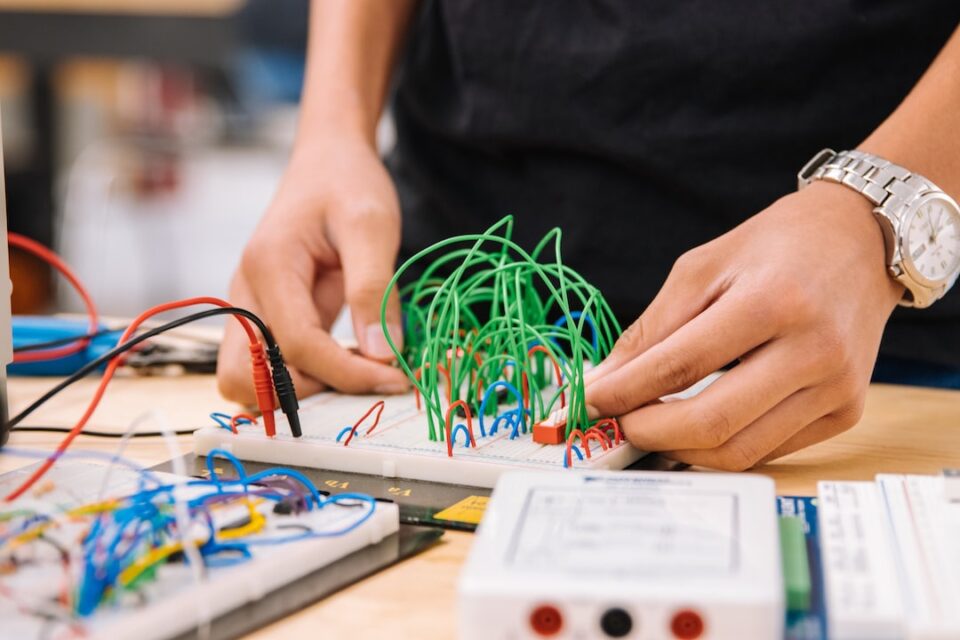Improving Educational Equity: Addressing the Achievement Gap
In an ideal world, every child would have an equal opportunity to succeed academically regardless of their background or socioeconomic status. However, the harsh reality is that educational inequities persist, leading to significant disparities in achievement among students. This troubling issue is known as the achievement gap, and it requires our urgent attention.
The achievement gap refers to the persistent disparity in educational outcomes between students of different races, ethnicities, and socioeconomic backgrounds. Studies have consistently shown that students from low-income families, students of color, and English language learners are more likely to lag behind their peers in academic achievements. This inequity not only compromises the potential of millions of students but also perpetuates cycles of poverty and social inequality. Addressing these disparities and closing the achievement gap is crucial for building a fair and prosperous society.
One of the key reasons for the achievement gap is the unequal distribution of resources. Schools in disadvantaged communities often suffer from limited funding, outdated facilities, and inadequate learning materials. These deficiencies make it challenging for students to excel academically. To bridge this gap, it is crucial to allocate additional resources to schools in underserved areas, ensuring that students have access to quality education, modern technology, and well-trained teachers.
Moreover, addressing the achievement gap requires a comprehensive approach that goes beyond mere resource allocation. Educators must also focus on culturally-responsive teaching strategies that reflect the diverse backgrounds and experiences of their students. Understanding and incorporating students’ cultural identities into the curriculum can foster a sense of belonging and motivation, ultimately enhancing their educational outcomes. Additionally, fostering strong relationships between teachers, students, and parents can help create a supportive learning environment that promotes growth for all students.
Another contributing factor to the achievement gap is the lack of early childhood education opportunities for disadvantaged children. Research consistently demonstrates that early childhood experiences play a significant role in determining a child’s educational trajectory. By investing in high-quality early education programs, we can provide children from low-income families with a strong foundation for future academic success. Accessible and affordable preschool options, along with targeted interventions for at-risk students, can help level the playing field and give every child an equal chance to excel.
Furthermore, addressing the achievement gap requires a commitment to supporting students’ social-emotional development. Socioemotional skills, such as self-regulation and resilience, are vital for academic success. Schools must prioritize programs and interventions that promote emotional well-being, provide mentorship opportunities, and create safe spaces for students to express their emotions. By focusing on the whole child, we can support students’ overall development and empower them to overcome the barriers that contribute to the achievement gap.
In conclusion, improving educational equity and addressing the achievement gap is a critical endeavor that requires a multifaceted approach. The allocation of resources to schools in disadvantaged communities, coupled with culturally-responsive teaching strategies, early childhood education programs, and socioemotional support, can pave the way for a more equitable education system. It is our responsibility as a society to ensure that every student has a fair chance to succeed, regardless of their background. By narrowing the achievement gap, we can unlock the true potential of all our students and create a brighter future for generations to come.

